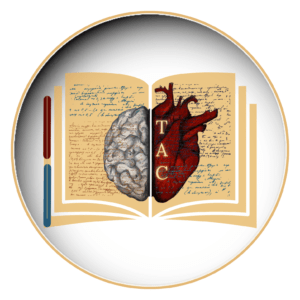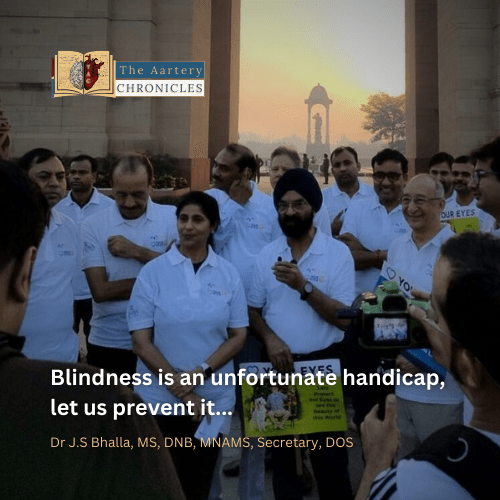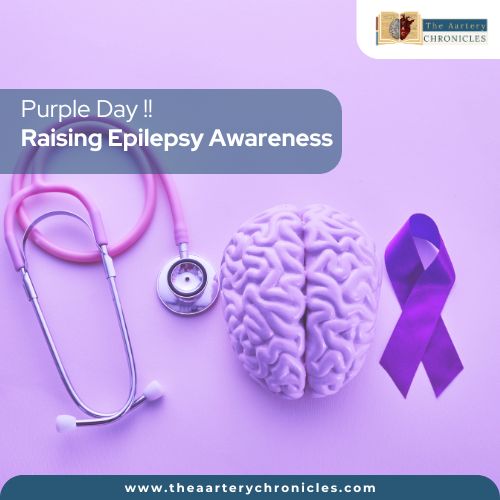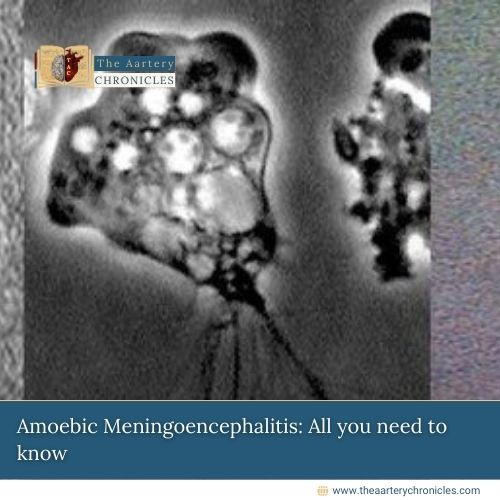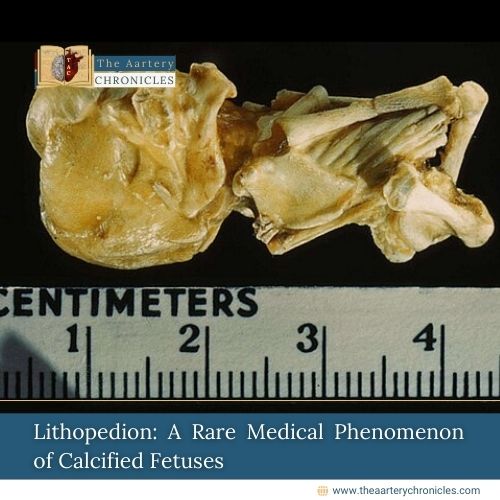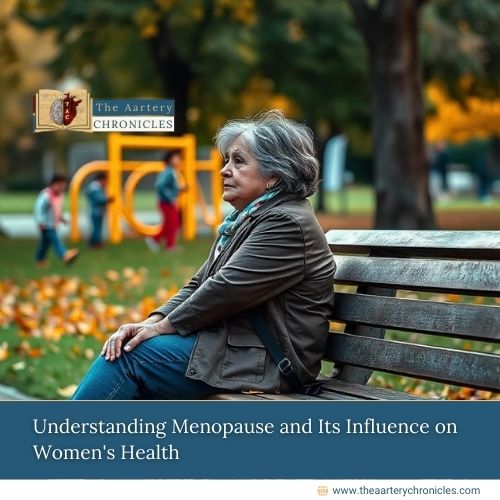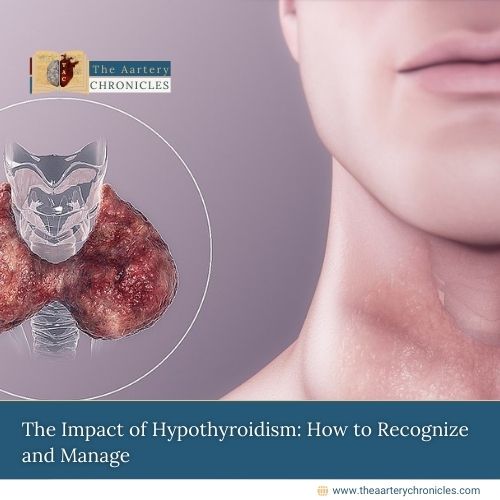

Quick Relaxation Techniques: A Beginner's Health Guide
Introduction
In today’s fast-growing world, stress has become an all-too-common companion. Work pressures, family commitments, and daily challenges can easily overwhelm us, leading to a host of negative consequences for our physical and mental health. Fortunately, there are several quick relaxation techniques that we can learn and integrate into our daily routines. This article will explore some of these effective strategies, explaining the underlying health mechanisms and providing practical tips for beginners. The goal is to provide a clear and accessible understanding of how to manage stress through quick relaxation methods.
The Physiological Response To Stress And The Need For Relaxation
When we are faced with a situation perceived as threatening or stressful, our body activates a complex physiological response known as the “fight or flight response”. This reaction, mediated mainly by the sympathetic nervous system, is evolutionarily advantageous in situations of immediate danger, but can become harmful if chronicized due to prolonged stress.
Stress-Induced Physiological Changes
During the stress response, several significant physiological changes occur:
- Increased heart rate and blood pressure: The heart pumps faster to deliver oxygen and nutrients to the muscles.
- Accelerated breathing: The body prepares for intense physical activity by increasing its oxygen supply.
- Release of stress hormones: Cortisol and adrenaline are released into the bloodstream, increasing blood sugar levels and temporarily suppressing the immune system.
- Muscle tension: Muscles contract, ready for action.
- Slowing of digestion: Energy is redirected from non-essential functions, such as digestion, to vital muscles and organs.
These changes, while helpful in the short term, can lead to long-term health problems if the stress response remains constantly active. That’s why learning relaxation techniques is essential to counteract these negative effects and promote overall well-being.
Quick And Effective Techniques For Relaxing
There are several quick strategies that can help us calm our body and mind in just a few minutes. These practices work by counteracting the stress response and activating the parasympathetic nervous system, which is responsible for relaxation and rest.
Some quick relaxation techniques you can try are given below:
- Deep Breathing (Diaphragmatic Breathing): This simple yet powerful technique involves using your diaphragm to breathe deeply. Focus on taking a slow, deep inhale through your nose, allowing your abdomen to expand, and a slow exhale through your mouth. Repeat this cycle for a few minutes. Deep breathing helps slow your heart rate and reduce muscle tension. A study published in the Journal of Alternative and Complementary Medicine showed that diaphragmatic breathing can significantly reduce levels of the stress hormone cortisol (Sharma et al., 2014).
- Progressive Muscle Relaxation (PMR): This technique involves tensing and then releasing different muscle groups in the body, one at a time. Start at the feet and gradually work your way up to the head. Focus on the sensation of tension and then on the release. PMR helps you become more aware of muscle tension and learn to release it voluntarily.
- Mindfulness and Present Moment Awareness: Mindfulness is the practice of intentionally bringing your attention to the present moment, without judgment. You can practice mindfulness by focusing on your bodily sensations, your breathing, sounds, or objects around you. Even a few minutes of mindfulness can help reduce anxiety and improve concentration.
- Visualization: This technique involves imagining a peaceful, pleasant place or situation. Engage all your senses: what do you see, hear, smell, touch? Visualization can distract the mind from stressful thoughts and promote a sense of calm and tranquility.
- Short Stretching Exercises: Even a few minutes of light stretching can help release muscle tension that has built up throughout the day. Focus on slow, fluid movements, paying attention to the sensations in your body.
Benefits Of Integrating Rapid Relaxation Techniques Into Everyday Life
- Stress and Anxiety Reduction: As mentioned above, these techniques help counteract the stress response and reduce levels of stress hormones such as cortisol. A meta-analysis published in the Journal of Consulting and Clinical Psychology found that relaxation techniques are effective in reducing anxiety symptoms (Manzoni et al., 2008).
- Improve Sleep Quality: Stress and anxiety can interfere with sleep. Practicing relaxation techniques before bed can help calm the mind and prepare the body for rest.
- Increased Concentration and Productivity: By reducing stress and anxiety, relaxation techniques can improve our ability to concentrate and our efficiency in work and daily activities.
- Mood Improvement: Relaxing regularly can have a positive impact on our mood, reducing feelings of irritability and sadness.
- Physical Health Benefits: Reducing stress can help improve cardiovascular health, strengthen the immune system, and reduce the risk of developing certain chronic diseases.
Conclusion
Quick relaxation techniques are a valuable tool for managing stress and improving our overall well-being. Learning to use these strategies effectively can help us respond better to the challenges of daily life, protect our physical and mental health, and live a more balanced and happy life. I encourage everyone, especially beginners, to experiment with different techniques and find the ones that work best for them, integrating these practices into their daily routine. Even a few minutes a day can make a big difference in the long run.
Source:
Sharma, V.K., Sharma, L.K., & Sharma, S. (2014). Effect of diaphragmatic breathing exercises on blood pressure and heart rate in hypertensive patients. Journal of Alternative and Complementary Medicine, 20 (5), 400-402. https://www.liebertpub.com/doi/abs/10.1089/acm.2013.0204
